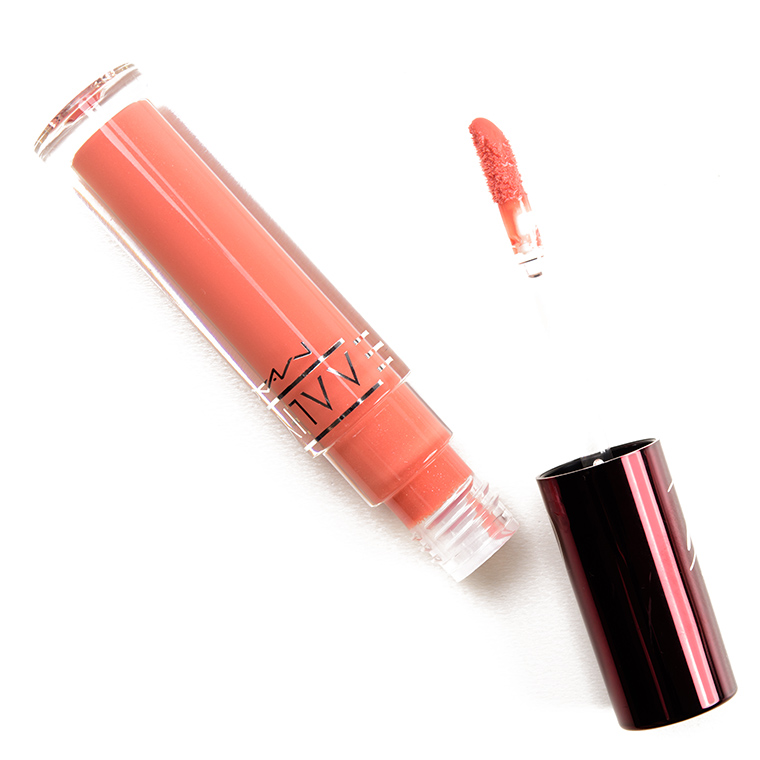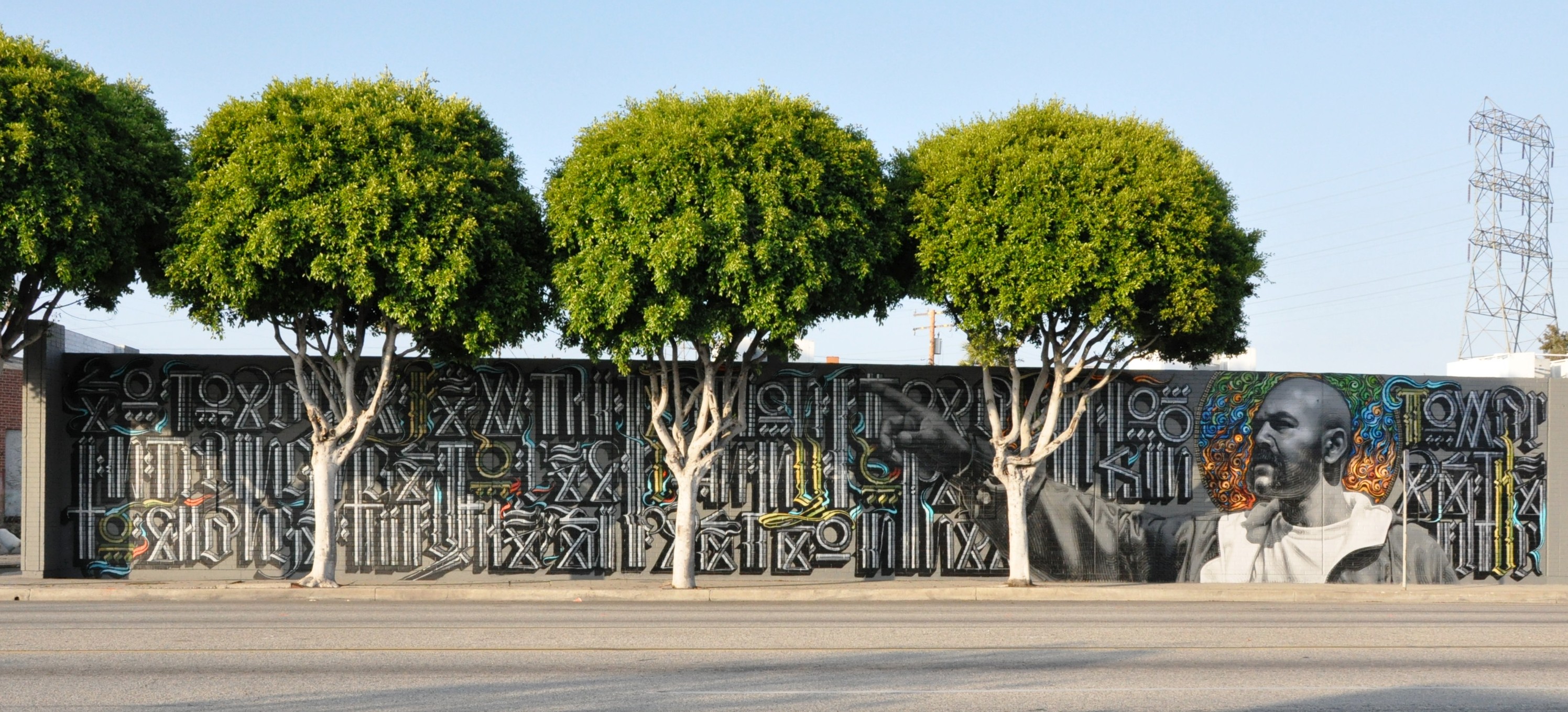Bill Roberson/Digital Trends If you’re coming from a Windows PC to a Mac, you might be wondering how to take a screenshot without that Print Screen key on your keyboard. Worry not though, as there are a variety of screenshot methods available in MacOS, whether you’ve or are still running — including those for capturing a specific window — all of which produce images you can use for whatever you need.
Using keyboard commands are the easiest and quickest way to take a screenshot on a Mac whether you’re capturing the entire screen or just a portion of it — as long as your. Capture the entire screen Step 1: Press the “Command” + “Shift” + “3” keys simultaneously.
City Image For Mac Os
Step 2: That will save a copy of your screen to your clipboard. You can alternatively press the same combination without the “Command” key in order to save the image as a PNG file to your desktop. If you’ve updated MacOS to the latest release version, a preview of the screenshot will appear in the corner of your screen giving you quicker access to editing tools. You can also take advantage of the new screenshot “Stacks” feature which groups together similar files on your desktop, like screenshots.
To do so, just right click on your desktop and all of them will be quickly grouped together. Capture a selected area Step 1: Press the “Command” + “Shift” + “4” keys simultaneously. Step 2: With your mouse pointer turned into a crosshair, use it to select the region you wish to capture. Step 3: You can fine-tune your selection by pressing the space bar, which will let you take a full-screen capture or to select an open menu.
Your selection will then be copied to the clipboard. Alternatively, don’t press the “Command” key and your screenshot will be saved to the desktop as a PNG file.
Note that if you have a, it’ll give you options on the Touch Bar that include the “Selected Portion,” “Window,” or “Entire Screen.” You can also use it to save it to a different folder such as Desktop, Documents, or even Clipboard. Another feature exclusive to Touch Bar MacBooks is to take a screenshot of the Touch Bar display, which can be done. Taking screenshots with Grab Don’t feel like memorizing keyboard shortcuts? Grab is a program that comes pre-installed on all Macs and lets you create screenshots directly from the menu bar.
The program also lets you take time-delayed screenshots, just in case you need to set the stage before capturing an image on your display. Step 1: Launch Grab by opening it from the “Utilities” folder, which is housed within the “Applications” folder. Once you launch it, you’ll see an icon for the program in your dock.
If you want, you can also pin this icon for quick access later. Grab doesn’t usually feature a window when open, and instead, runs almost entirely from the menu bar. Step 2: Either use the Capture menu system to take screenshots as you wish, or use the keyboard shortcuts detailed next to the respective command.
Timed screenshots With Grab, you can take a screenshot of a particular section of the screen, an individual window, or the entire screen — the same three options we previously outlined above. What’s new here is the “Timed screen” option, which gives you a 10-second delay before the screenshot is captured. This means that if you need to open a menu or position your mouse in the right position, you’ve got some time to do so. Step 1: Open Grab as in the instructions above. Step 2: Select “Timed Screenshot” from the Grab menu, or press its shortcut: “Command” + “Shift” + “Z.” Keep in mind that your mouse cursor will not show up in the screenshot by default. If you want to ensure it’s captured in the frame, click “Preferences” from the main Grab menu and select the mouse icon from the resulting pop-up window. The cursor will only show up when capturing delayed screenshots, which is just as well since you’ll need your mouse to take screenshots with the other options.
We still think the keyboard shortcuts are a better way to capture screenshots, but if you don’t want to memorize anything, Grab is a great alternative. Using Preview to take a screenshot Preview, the default tool that allows you to open everything from photos to PDF files on your Mac (here’s ) has more than a few hidden features. You can, for instance, simply by clicking the toolbox icon. Preview can also capture screenshots. Step 1: Open Preview. Step 2: Highlight “File” in the menu bar. Step 3: From the drop-down menu, select “Take Screenshot” and then either “From Selection,” “From Window,” or “From Entire Screen,” depending on your preferences.
We prefer the keyboard shortcut method to this one because the former is far quicker, but Preview does offer one main advantage: you can choose where your screenshots end up. The other options on our list automatically save your screenshot to the desktop with a verbose filename. Preview opens the screenshot, lets you make a few edits, and then you can save the file wherever you like.
If that matters to you, Preview is a solid choice. Taking and saving Mac screenshots What happens once a screenshot is taken?
Assuming you didn’t just send it to the clipboard, your Mac will automatically time stamp the screenshot with the day and time it was taken, before saving it as a PNG file to your desktop. This is handy for immediate reference, but if you’re taking many screenshots in a row, then your desktop will quickly become cluttered with files that sport odd names.
If you’re running the latest version of MacOS, Mojave, there are new organization and quick-editing tools you can take advantage of. Screenshots saved to the desktop are can be quickly grouped together with a to declutter things and when they appear as thumbnails in the corner of your screen shortly after you take them, you can click those images to enable quick-editing through the Markup app. If you’re running older versions of MacOS, you can always drag the screenshots to the trash, make some modifications or use third-party MacOS software. We talk about some of our favorites in our guide to the Take, for example, the which gives you far greater control over your screenshots and how you take them.
Contents. Flavors There are a few different flavors of ImageJ with very similar names, and some confusion is inevitable. Below is a table which should help to clarify the purpose of each. For the historical context of these projects, see below. Name Author/Maintainer(s) Description Initiated Status ImageJDev A new version of ImageJ targeting scientific multidimensional image data. It is a complete rewrite of ImageJ, but includes with a compatibility layer, so that old-style plugins and macros can run the same as always. ImageJ2 provides several significant new features, such as an automatic, and improved capabilities.

2009 Active A stable version of ImageJ which has been in development since 1997. It has a strong, established user base, with thousands of plugins and macros for performing a wide variety of tasks. 1997 Active ImageJA is a project that provides a clean history of ImageJ1, with a proper 'pom.xml' file so that it can be used with Maven without hassles. It is what ImageJ2's legacy support uses at its core.

City Image For Macbook Pro
2005 Active Fiji is Just ImageJ, with extras. It is a distribution of ImageJ with many plugins useful for scientific image analysis in fields such as life sciences. It is actively maintained, with updates released often. We recommend Fiji as the preferred version of ImageJ. Active ImageJFX is a new user interface for ImageJ, built using. 2015 Active Steve Barrett Image SXM is a version of NIH Image that has been extended to handle the loading, display and analysis of scanning microscope images. May 1993 Active AstroImageJ is ImageJ with astronomy plugins and macros installed.
How to set up a account on amazon. Unknown Active ImageJ2x is a fork of ImageJ1, modified to use a Swing interface. Unknown Active Closed-source variants SalsaJ is a closed-source fork of ImageJ1 intended for use with professional astronomy images. It was designed to be used in classrooms, and has been localized into over 30 different languages.
Unknown Last update: Oct. 2012 Obsolete variants Tony Collins The MBF 'ImageJ for Microscopy' bundle (formerly ) is a collection of plugins and macros, collated and organized by the MacBiophotonics facility. It went hand in hand with a comprehensive manual describing how to use the bundle with light microscopy image data. It was a great resource by microscopists, for microscopists. Unfortunately, the manual went offline in late 2012. In response, the software team at created the user guide and, which includes most of the same plugins. 2005 Defunct (Last update: Dec.
2009) ImageJX was created as a means to discuss and explore improvements to ImageJ. There was an as well as an ImageJX software prototype. The ImageJX software prototype was a proof of concept—an attempt to reorganize ImageJ's internals to make it more flexible. The prototype demonstrated this flexibility by recasting the program in Swing. The ImageJX project formed the basis of an application to NIH for funding, which is what launched the ImageJ2 project (see above). 2009 Superceded by ImageJ2 NIH Image is a public domain image processing and analysis program for the Macintosh.
It is the direct predecessor of ImageJ, and is no longer under active development (though see ImageSXM below). 1993 or earlier Superceded by ImageJ History The first imaging program that developed, starting in the late 70s, was called simply 'Image'. It was written in Pascal, ran on PDP-11 minicomputers and ran in only 64KB of memory! Rasband started work on the second, in 1987 when the Mac II became available.

Rasband was a Mac enthusiast, and the Mac II had card slots just like the PDP-11. Rasband started work on ImageJ in 1997, when Java was becoming popular. Rasband was intrigued by the idea of creating a version of NIH Image that would 'run anywhere', including as an applet in Web browsers. Timeline Here is a timeline of software development related to ImageJ.